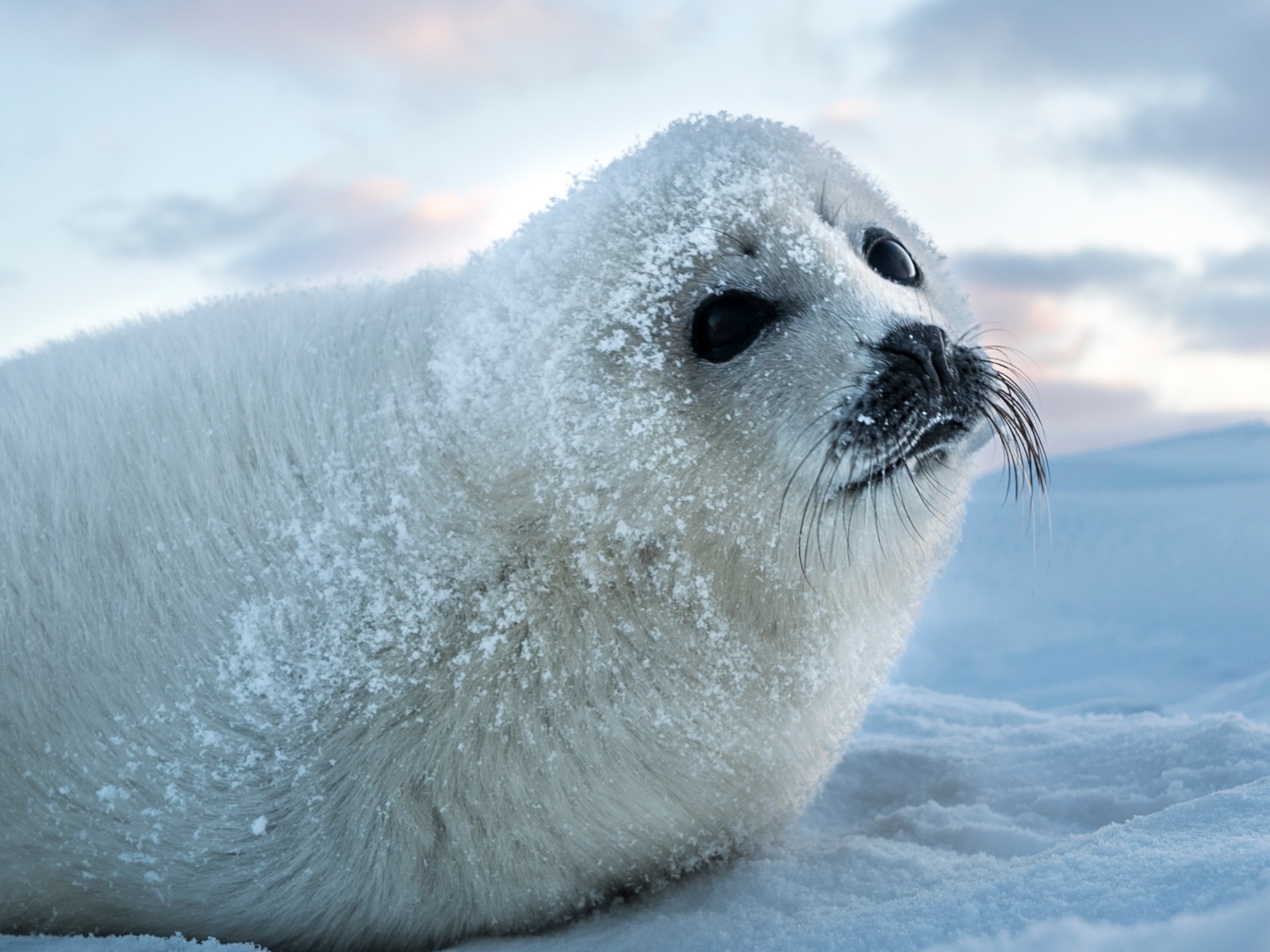
The purpose of end seals is to protect the contents of a chamber from leaking out, especially if it is a closed chamber. They can be arranged or oriented in many ways to allow for significant thermal expansion and contraction. They are also often installed on a carrier pipe to enable movement of the pipe without causing damage to the seal.
Contents
They prevent ink from leaking out of the chamber
End seals are a critical part of the sealing assembly of a printing machine. They prevent the ink from leaking out of the chamber, ensuring the graphic quality is not affected. This can save thousands of dollars in waste.
Seals are manufactured in several different designs, depending on the application. These include materials such as plastic, foam, rubber, and composites. They are also available in various densities and colors. The seal material should be compatible with the type of ink being used.
The first step in selecting an end seal is determining the chamber’s diameter. This is a significant factor in deciding on the type of seal to use. If you’re using a fast-printing press, it’s also a good idea to ensure that the seal’s diameter will accommodate the speed of your printer.
They allow movement of the carrier pipe without damage to the seal
End seals are not a new thing. There are many different models and designs, each with benefits and drawbacks. They are typically 1/8” thick synthetic rubber seals. The most common installation method involves wrapping the seal around the casing with a stainless steel banding. This makes for an efficient method of sealing an annular space.
The best way to judge which one is best for your application is to determine the size of your pipe and casing. A good rule of thumb is to choose the seal that is big enough to protect your pipe but small enough to fit into the casing with room to spare. The key is to choose a seal that is tight enough. A squeaky end seal can do more harm than good.
They allow significant thermal expansion and contraction movement
A good end seal is a worthwhile investment. Amongst other things, they offer protection for up to 24 inches of casing pipe. They also come with stainless steel attachment clamp rings. Unlike conventional welded joint seals, they do not require regular maintenance. The best part is they are waterproof when properly installed. They are also durable enough to withstand even the most adverse weather conditions. The good news is they can be purchased at any hardware store. They are available for both domestic and international applications.
In the world of plumbing, a piping system that does not accommodate thermal contraction is a recipe for disaster. In addition, a poorly sized piping system could increase the odds of rupture. Not only does this entail higher labor costs and reduced plant output, but it also presents business risks.
They can be installed on the carrier pipe
End seals are manufactured in various styles to fit any application’s specific requirements. These include seamless, zipper, and wrap-around designs. Each design provides the benefits of a robust and water-tight seal. They can be used on the new or existing casing.
End Seal Technology is an economical and effective way to form a hydrostatic and hydrodynamic seal between a pipeline and a casing. It is non-hazardous and offers exceptional anti-corrosive properties. This technology is suitable for use in waterworks with high temperatures.
They permit axial pipe movement and prevent backfill from tearing down the seal. They also protect the casing from damage.
They are designed to facilitate the installation of a carrier line. They feature a protective rubber strip and are available in either concentric or concentrically centered designs. They are made to fit pipes with a range of pipe diameters.








